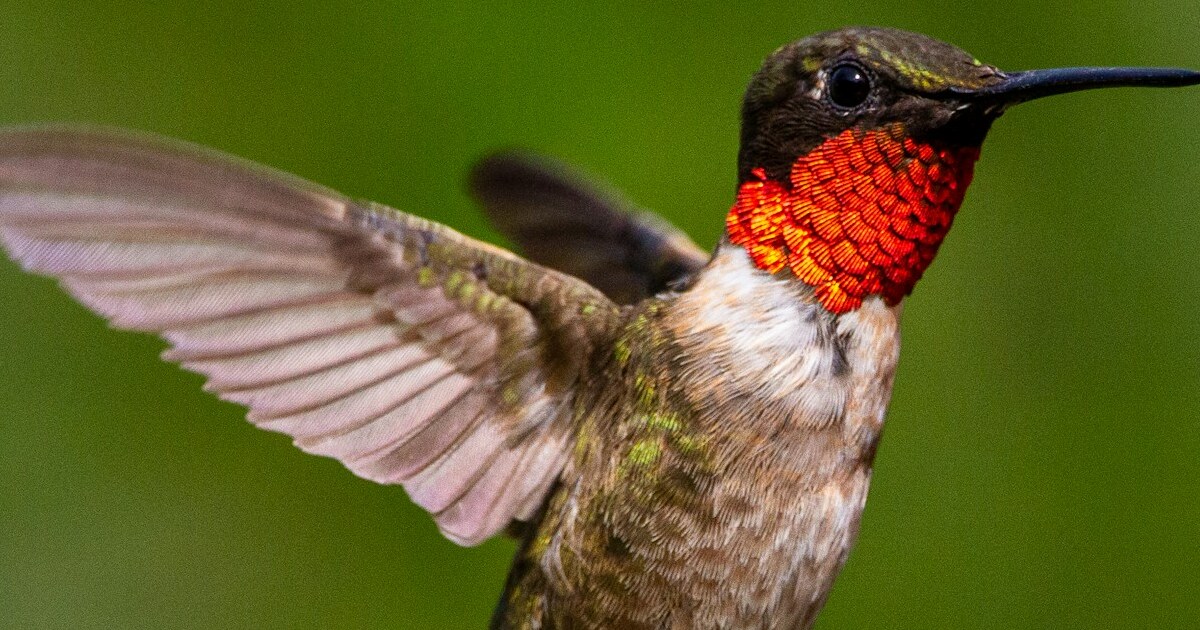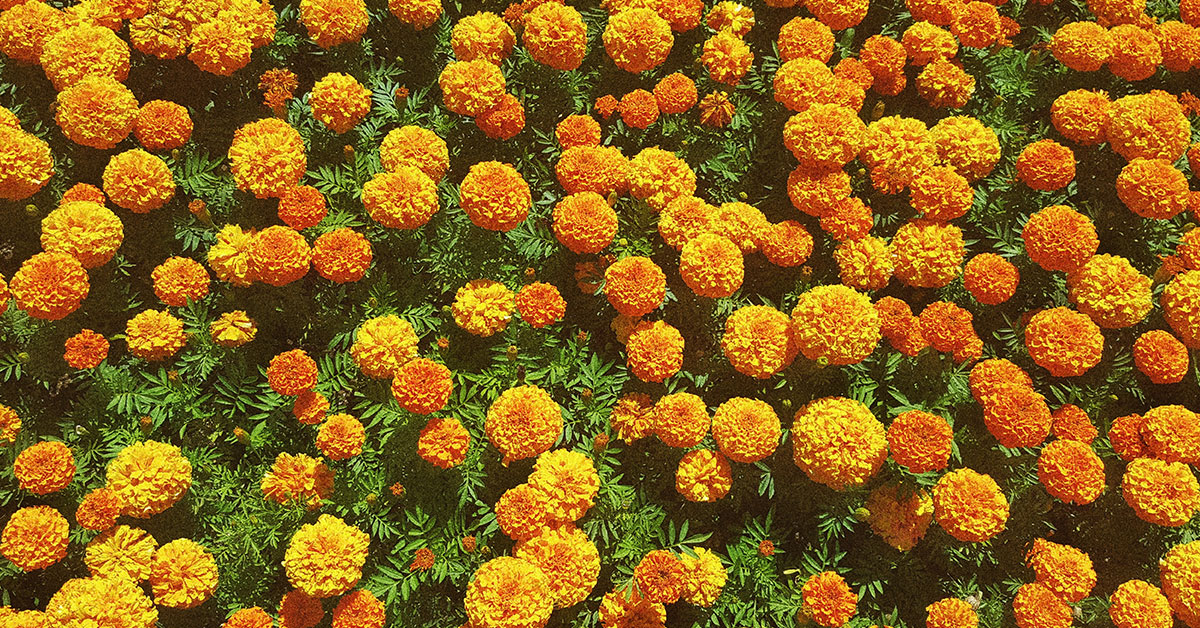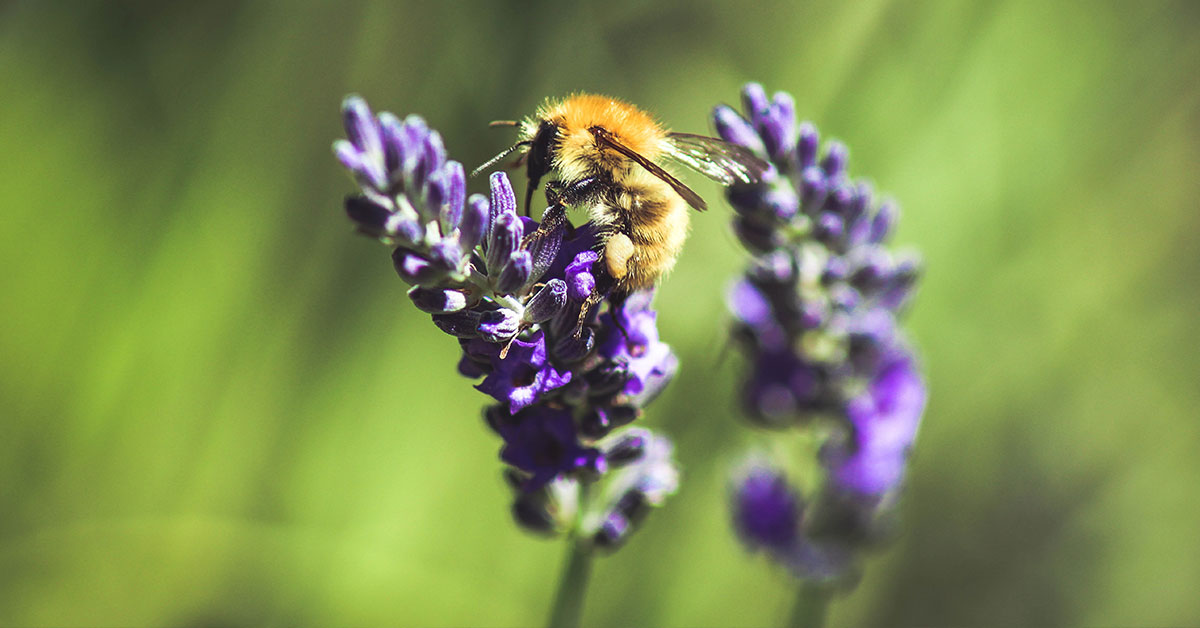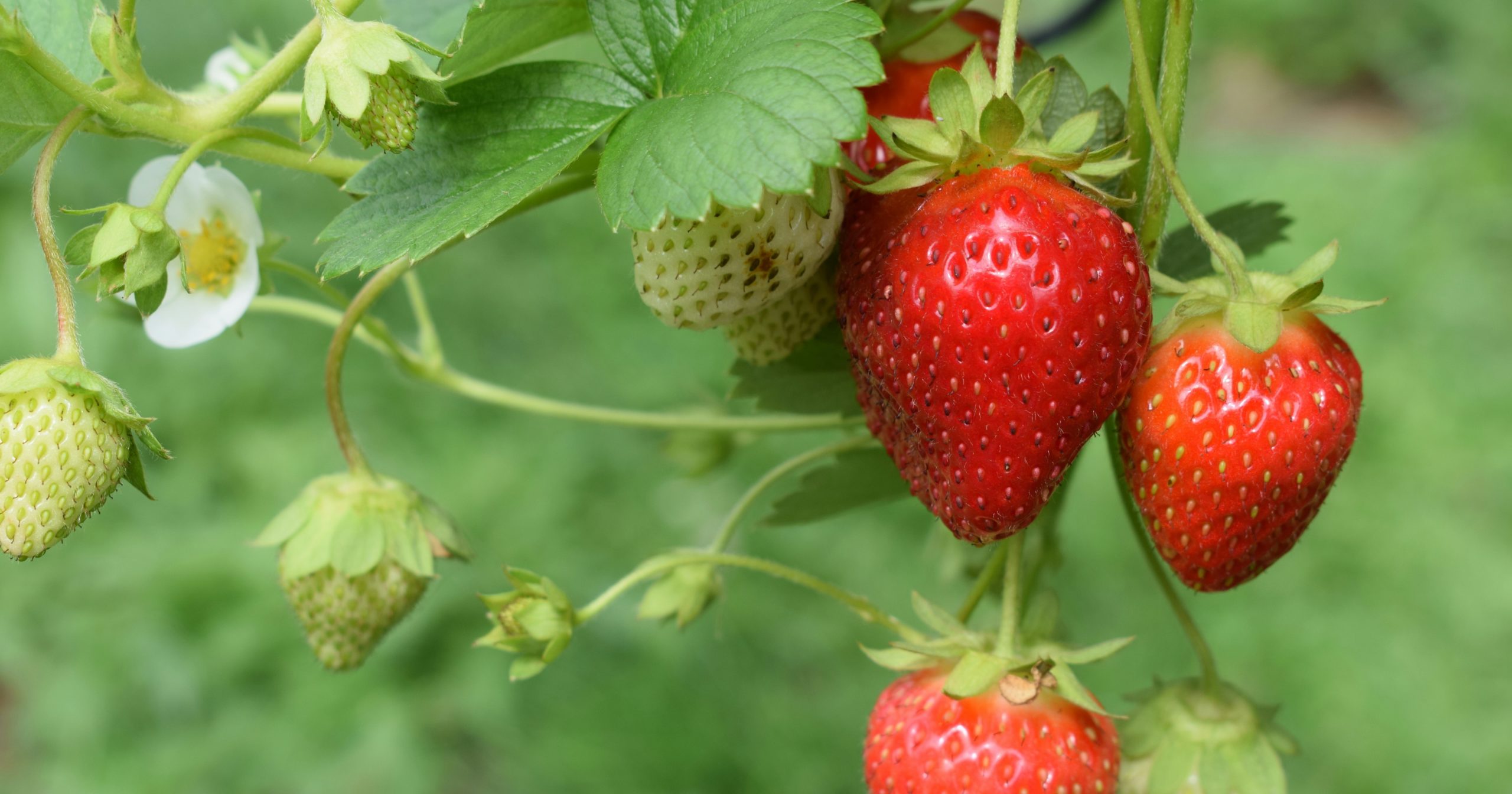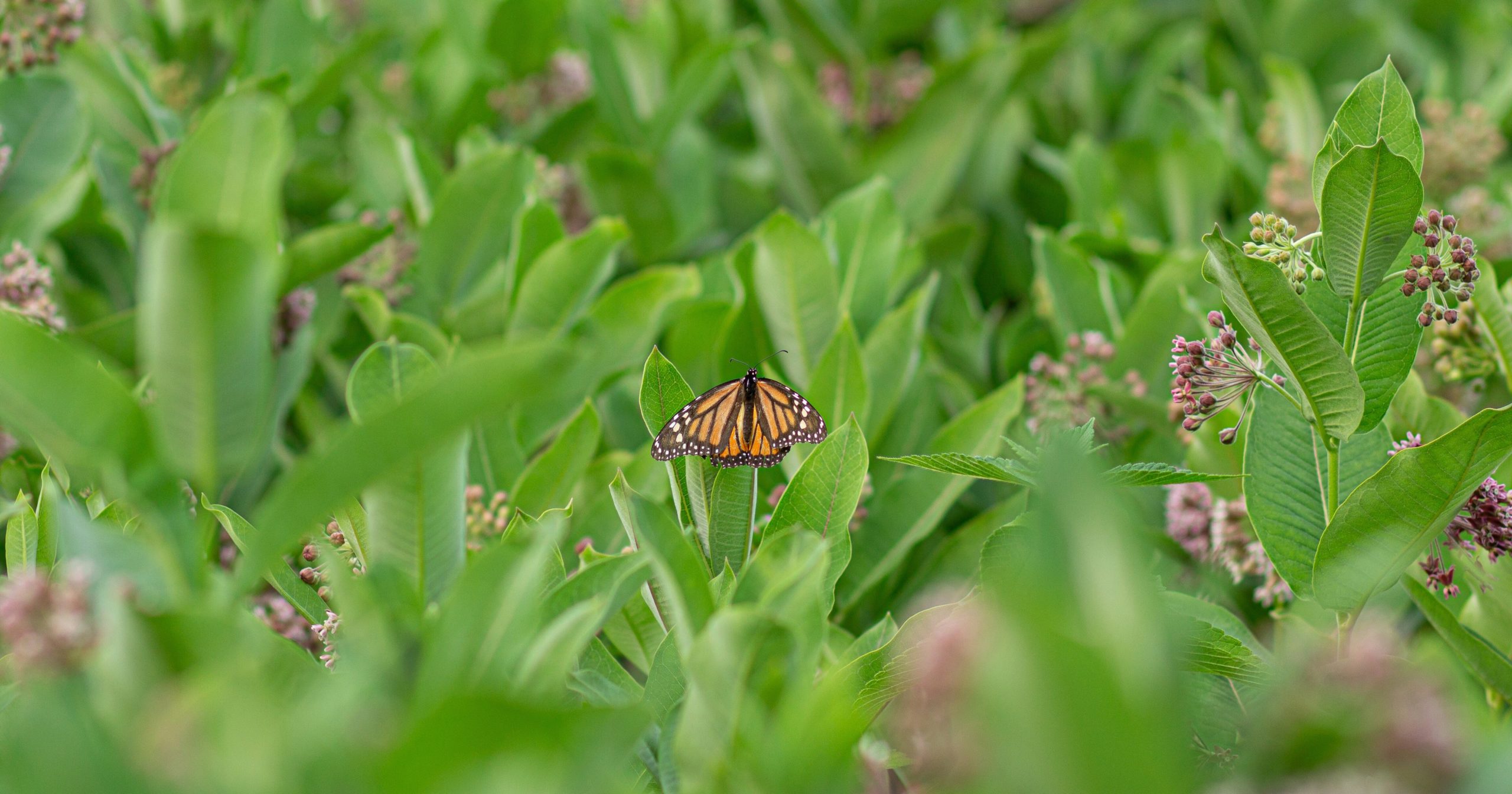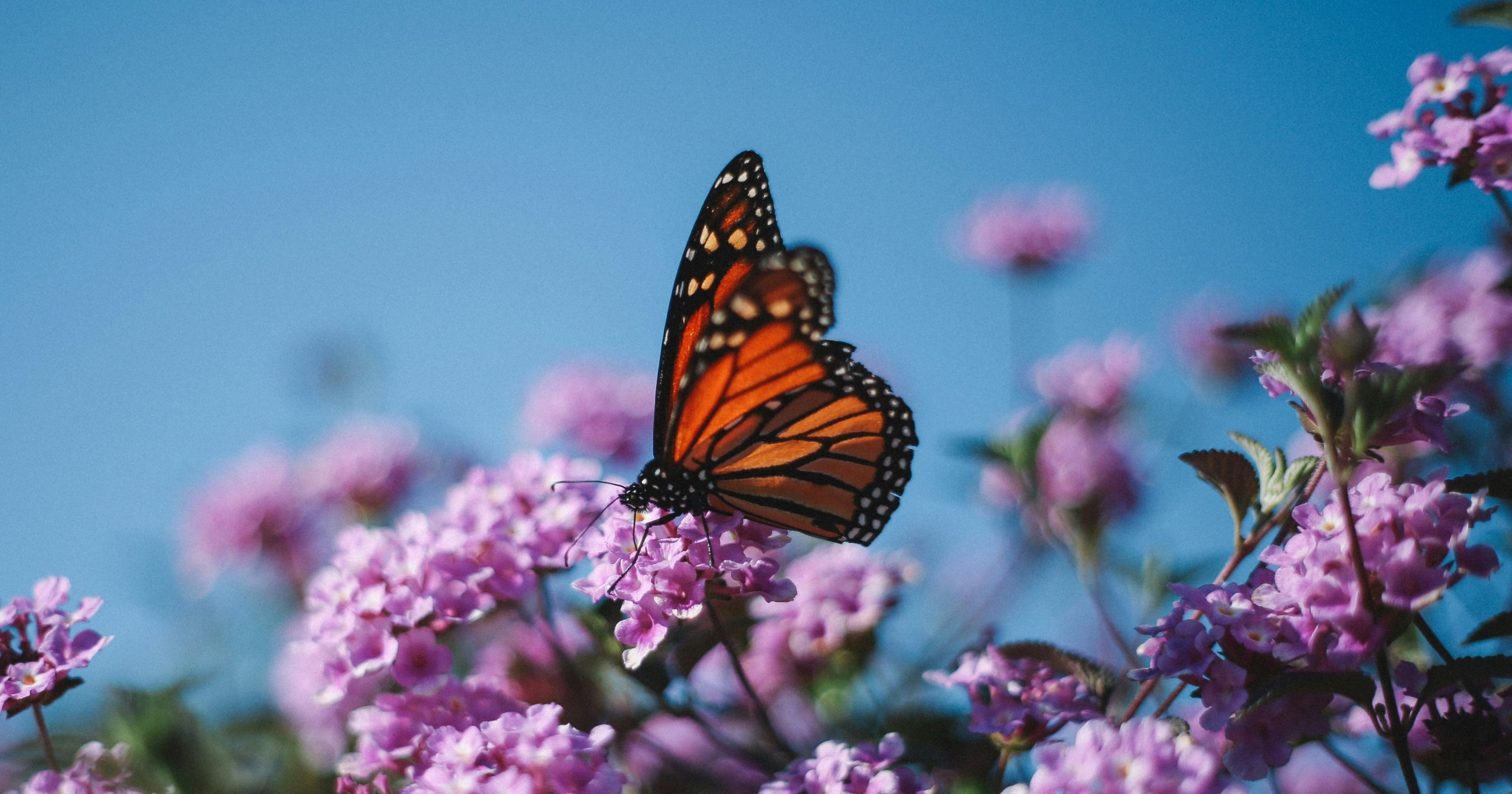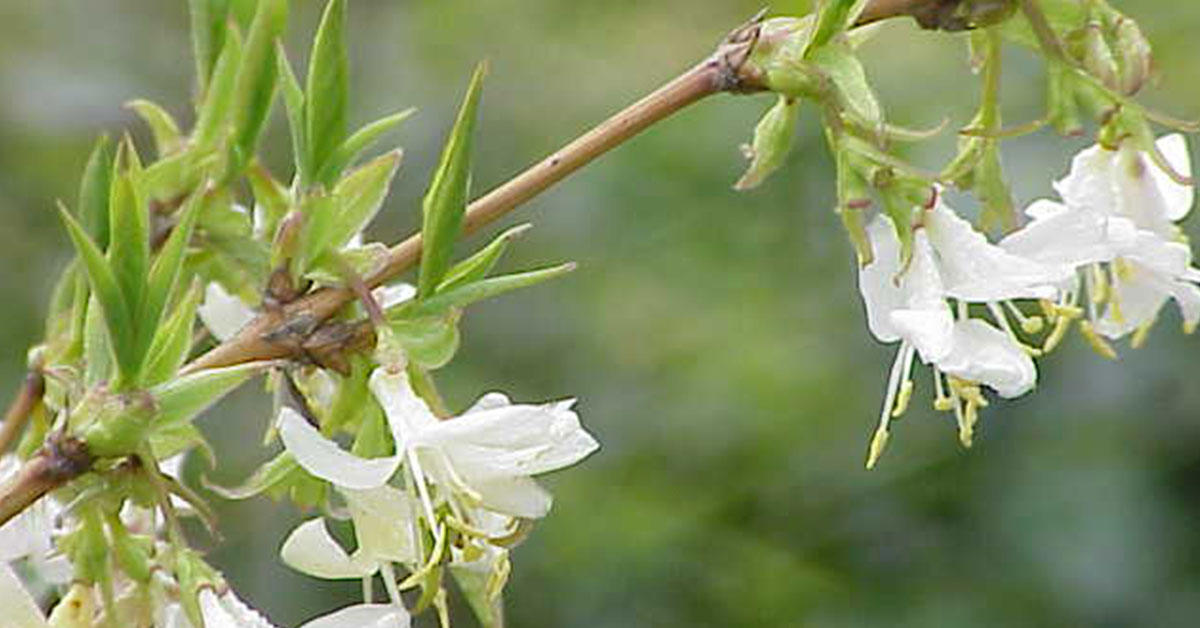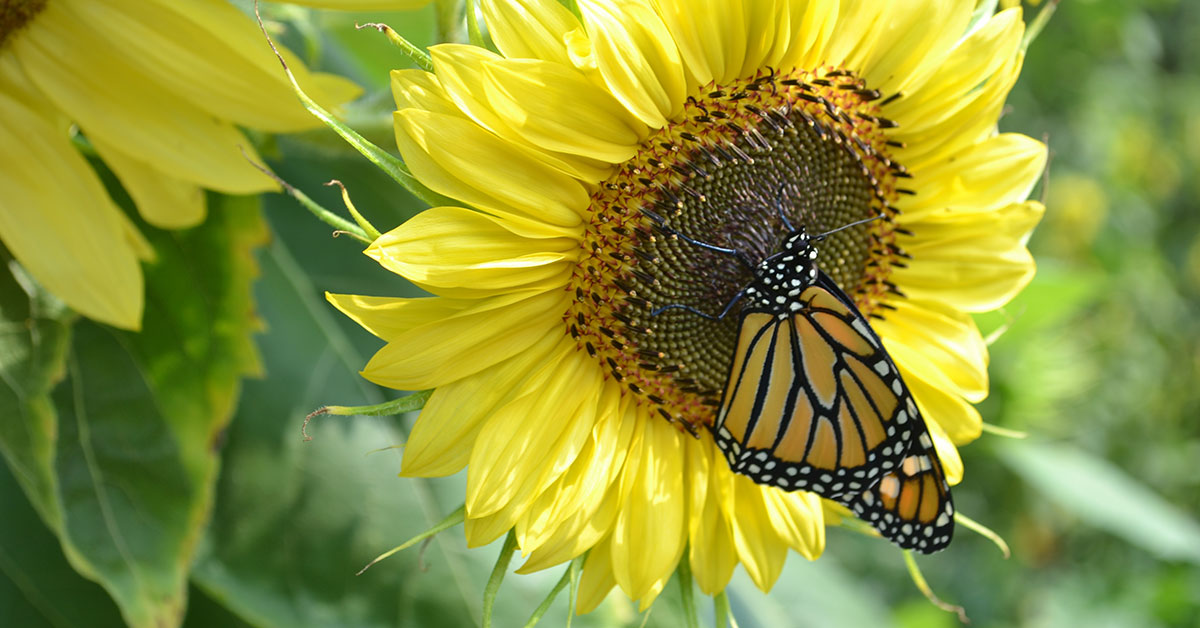Nature has always been a reliable source of healing, offering an abundance of medicinal plants that have been utilized for centuries. These plants not only provide natural remedies for various ailments but also contribute to overall well-being. From boosting immunity to soothing skin irritations, medicinal plants are powerful allies in maintaining health. In addition to their therapeutic properties, many of these plants are relatively easy to grow, making them accessible for personal use.
Cultivating medicinal plants in your garden can be a rewarding experience. Not only do you gain access to fresh, potent ingredients for home remedies, but you also contribute to a greener environment. Whether you have a large garden or a small balcony, many medicinal plants can thrive in diverse conditions. Here, we explore 20 medicinal plants, delving into their health benefits and offering tips on how to grow them successfully.
Aloe Vera
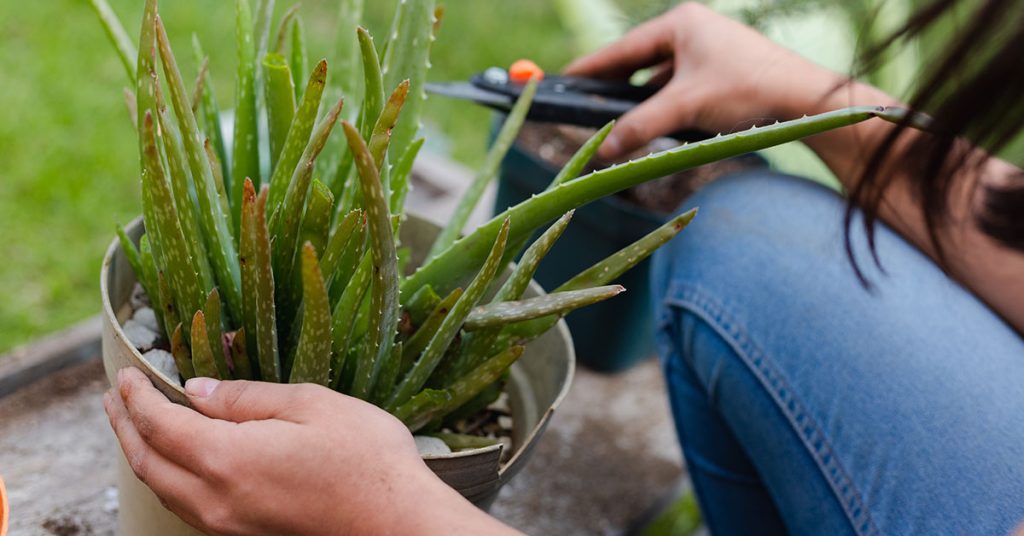
Aloe vera is renowned for its skin-healing properties. The gel inside its thick leaves is commonly used to treat burns, cuts, and various skin irritations due to its anti-inflammatory and antimicrobial effects. Additionally, aloe vera juice is consumed for its digestive benefits, helping to soothe and cleanse the digestive tract. This plant also possesses antioxidant properties, which can help protect the body from oxidative stress.
Growing aloe vera is straightforward, as it thrives in well-drained soil and requires minimal watering. It prefers bright, indirect sunlight and can be grown both indoors and outdoors. Aloe vera plants are relatively low-maintenance, making them ideal for beginner gardeners. Simply plant the aloe vera in a pot with drainage holes and water sparingly, allowing the soil to dry out completely between watering sessions.
Echinacea
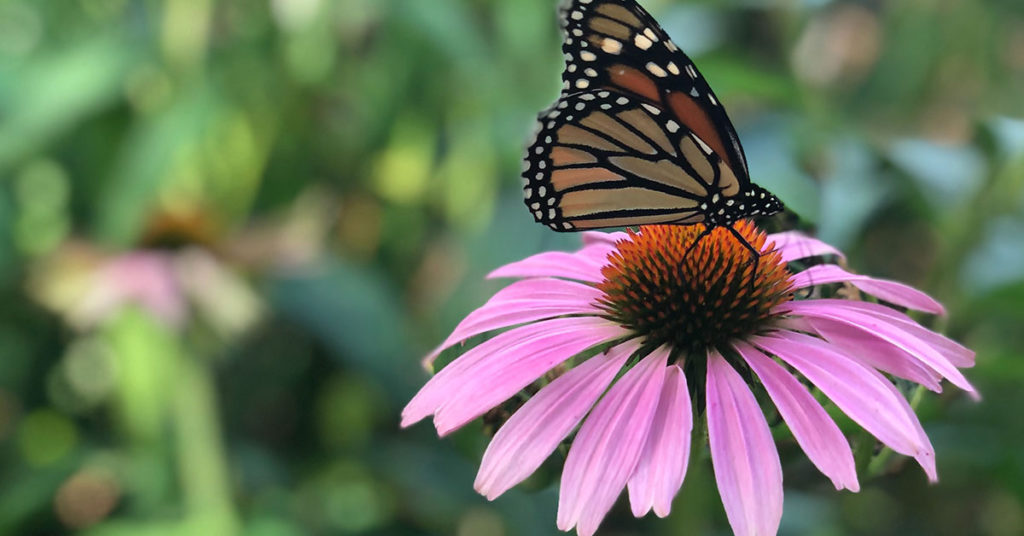
Echinacea, commonly known as coneflower, is widely used to boost the immune system and reduce the symptoms of colds and flu. Its active compounds stimulate the immune system, helping to fight off infections. Echinacea also has anti-inflammatory properties, which can aid in reducing inflammation and promoting healing in the body.
Echinacea is a hardy perennial that thrives in full sun and well-drained soil. It is relatively drought-tolerant and can be grown in gardens or containers. To grow echinacea, plant seeds or seedlings in a sunny spot and water regularly until established. Once mature, echinacea requires little maintenance, making it an excellent addition to any garden for its beauty and medicinal benefits.
Turmeric

Turmeric is a powerful anti-inflammatory and antioxidant. Its active ingredient, curcumin, is known to reduce inflammation and pain, making it beneficial for conditions like arthritis. Turmeric also supports liver health and aids in digestion. Its bright yellow color is due to curcuminoids, which have been shown to possess cancer-fighting properties.
Growing turmeric requires a warm, humid climate. It is typically grown from rhizomes rather than seeds. Plant the rhizomes in well-drained, fertile soil and provide plenty of water. Turmeric thrives in partial to full sunlight. The plant takes about 8-10 months to mature, at which point the rhizomes can be harvested and used fresh or dried.
Ginger
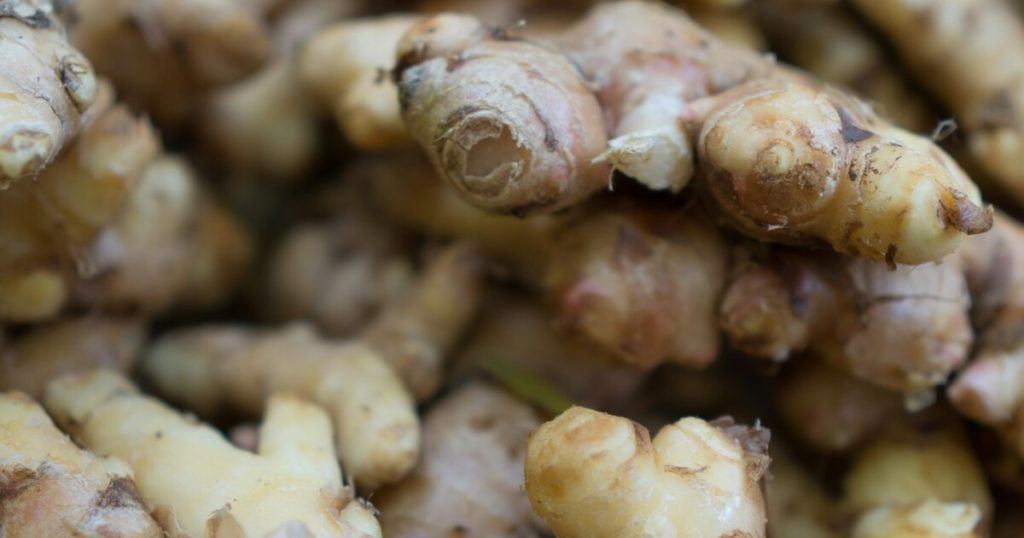
Ginger is well-known for its digestive health benefits, including relieving nausea, indigestion, and bloating. It also has anti-inflammatory and antioxidant properties, which can help reduce pain and improve overall health. Ginger is often used to combat colds and sore throats due to its warming effect and ability to boost circulation.
To grow ginger, plant pieces of ginger root (rhizomes) in well-drained soil in a warm, shaded spot. Ginger requires a humid environment and consistent moisture but should not be waterlogged. It can be grown indoors in pots or outdoors in garden beds. The rhizomes will be ready for harvest in about 8-10 months, providing a fresh, aromatic supply of this medicinal root.
Garlic
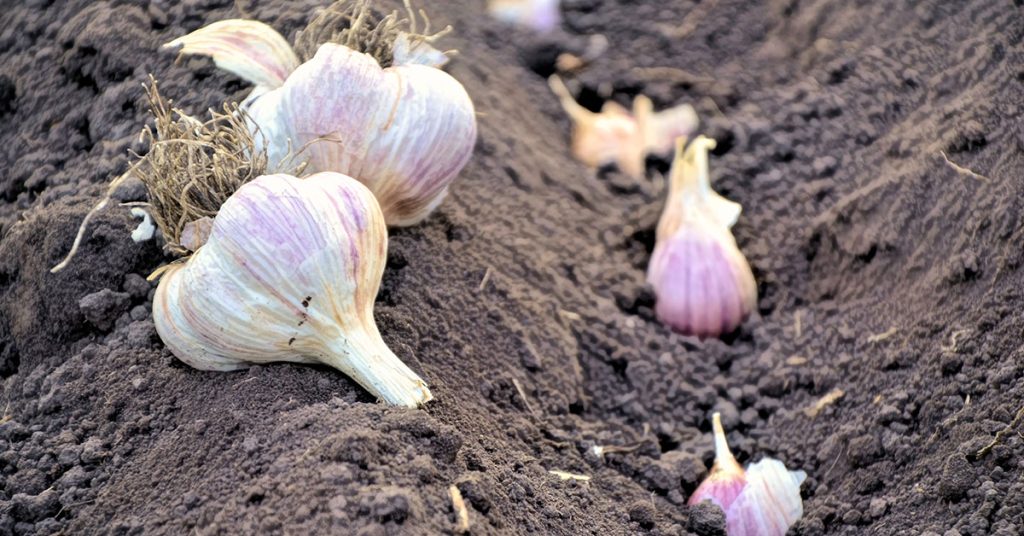
Garlic is a powerful natural antibiotic and antiviral agent. It is effective in lowering blood pressure, reducing cholesterol levels, and supporting cardiovascular health. Garlic also boosts the immune system and can help prevent and fight infections. Its sulfur compounds, such as allicin, are responsible for its strong medicinal properties.
Garlic is easy to grow and thrives in well-drained, fertile soil. Plant individual cloves in the fall, about 6-8 weeks before the first frost, with the pointed end facing up. Garlic requires full sun and regular watering. By late spring or early summer, the garlic will be ready to harvest once the leaves start to yellow and die back.
Peppermint
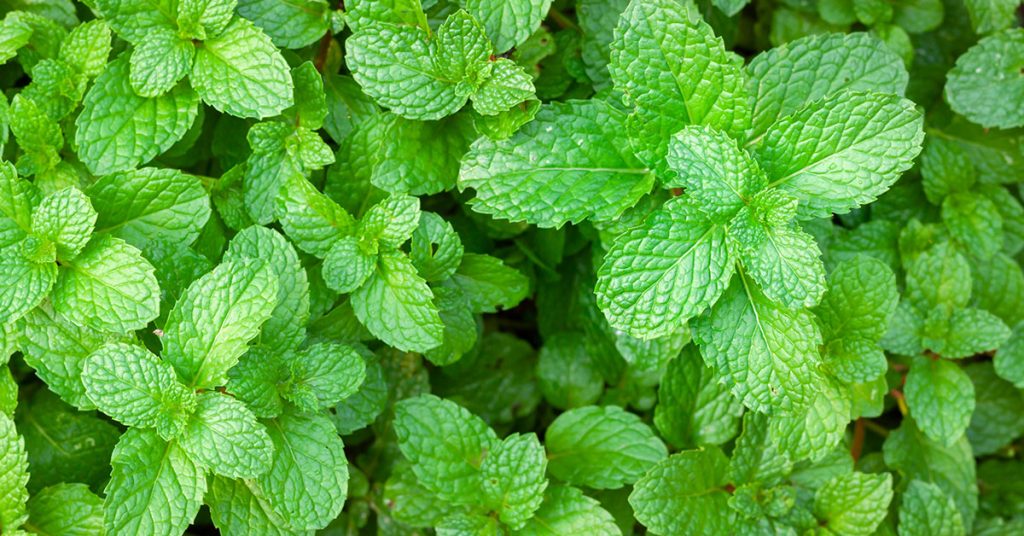
Peppermint is a popular herb for its soothing effects on the digestive system. It helps relieve symptoms of irritable bowel syndrome (IBS), bloating, and gas. Additionally, peppermint oil is used topically to alleviate headaches and muscle pain due to its cooling and analgesic properties.
Growing peppermint is relatively easy, but it requires a controlled environment as it can be invasive. Plant peppermint in a container with well-drained soil and place it in a spot with partial sunlight. It thrives with regular watering and can be harvested frequently to encourage bushier growth. Peppermint’s vigorous growth makes it a bountiful addition to any herb garden.
Lavender

Lavender is celebrated for its calming and relaxing effects. It is often used in aromatherapy to reduce stress, anxiety, and promote sleep. Lavender also has antiseptic and anti-inflammatory properties, making it useful for treating minor cuts and burns. The soothing aroma of lavender is also beneficial for enhancing mood and cognitive function.
To grow lavender, plant it in well-drained soil and a location with full sunlight. Lavender is drought-tolerant and requires minimal watering once established. Pruning the plant regularly helps maintain its shape and encourages new growth. Lavender can be grown in gardens or containers and adds a beautiful, fragrant touch to any landscape.
Chamomile
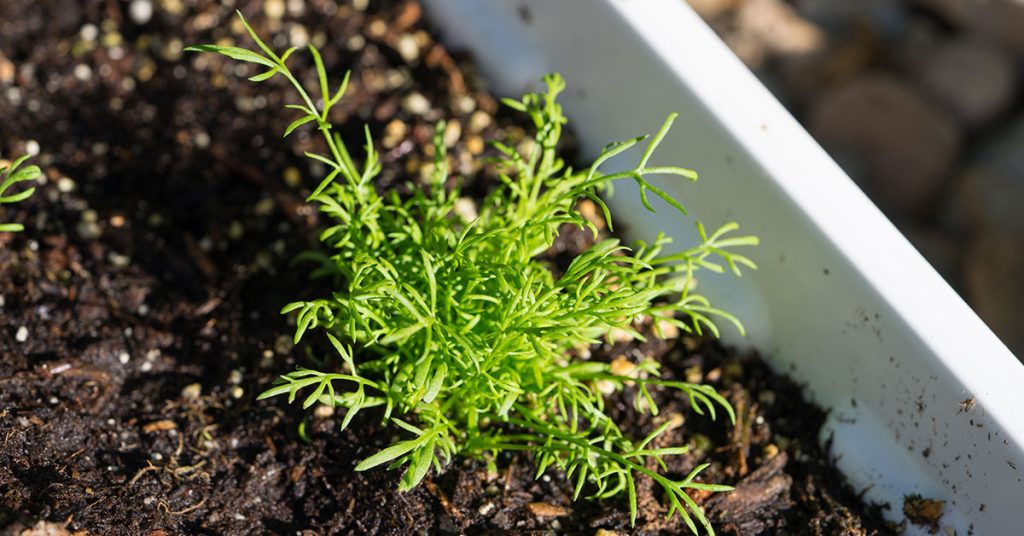
Chamomile is widely known for its calming and soothing properties. Chamomile tea is often consumed to alleviate stress, anxiety, and insomnia. It also has anti-inflammatory and antioxidant effects, which can help reduce pain and support digestive health. Chamomile is beneficial for soothing stomachaches and improving overall digestion.
Growing chamomile is straightforward; it prefers well-drained soil and full sun to partial shade. Chamomile can be grown from seeds or transplants and requires regular watering until established. Once mature, it is relatively drought-tolerant. Harvest the flowers when they are fully open and dry them for use in teas and other remedies.
Ginseng
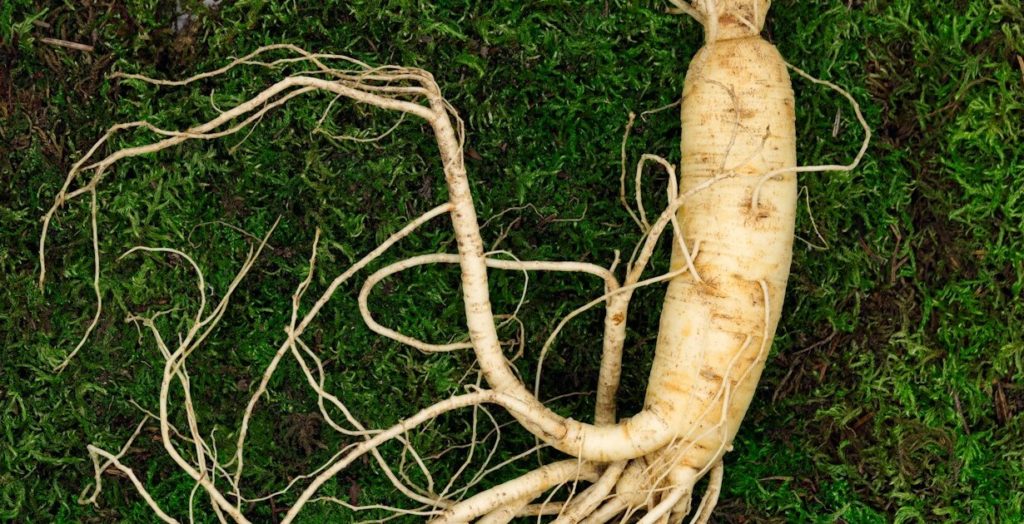
Ginseng is revered for its ability to boost energy levels and enhance mental performance. It is also used to reduce stress and improve overall vitality. Ginseng’s adaptogenic properties help the body cope with stress and maintain balance. It has been traditionally used to support immune function and promote longevity.
Ginseng requires a shaded area and rich, well-drained soil. It can be challenging to grow, as it needs specific conditions to thrive. Plant ginseng seeds or roots in a cool, shaded spot and ensure the soil remains moist but not waterlogged. Ginseng takes several years to mature, but its health benefits make it a valuable addition to any medicinal garden.
Milk Thistle
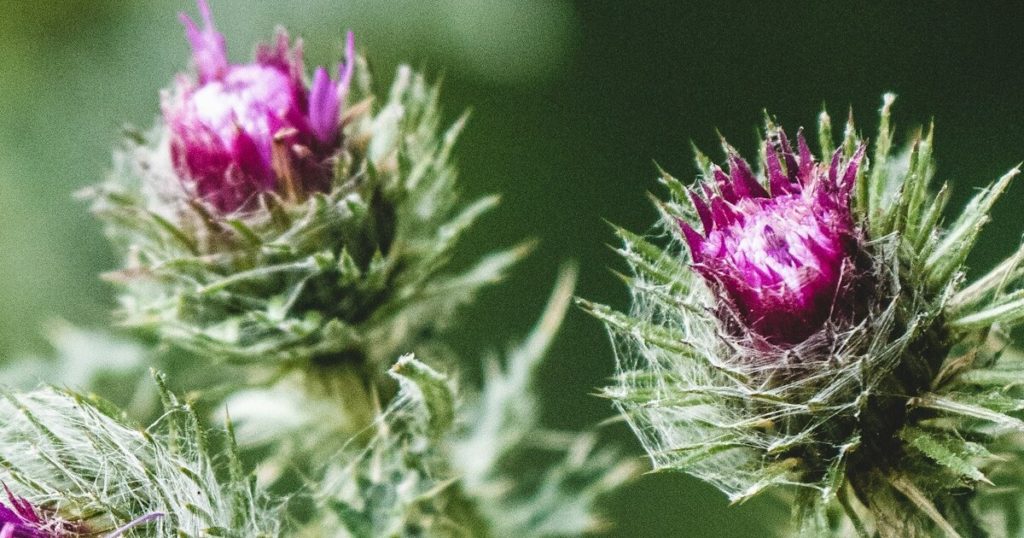
Milk thistle is primarily known for its liver-protective properties. It helps detoxify and regenerate liver cells, making it beneficial for liver health. Milk thistle’s active compound, silymarin, has antioxidant and anti-inflammatory effects, which support liver function and overall detoxification processes in the body.
Milk thistle is easy to grow and thrives in well-drained soil and full sunlight. It is drought-tolerant and requires minimal maintenance. Plant seeds directly in the garden in early spring or start them indoors and transplant them once the danger of frost has passed. Milk thistle can grow quite large, so provide adequate space for it to flourish.
Rosemary
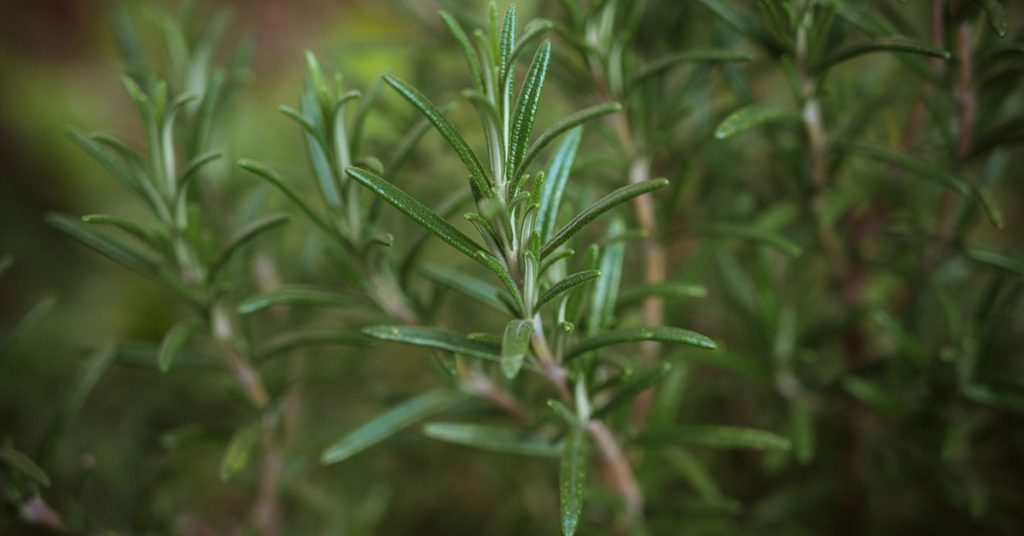
Rosemary is a versatile herb with numerous health benefits. It is known to improve memory and cognitive function, reduce inflammation, and boost the immune system. Rosemary also has antioxidant properties, which help protect cells from damage. Its aromatic leaves are often used in cooking and herbal remedies.
Growing rosemary is relatively simple, as it prefers well-drained soil and full sun. It is drought-tolerant once established and can be grown in gardens or containers. Regular pruning helps maintain the plant’s shape and encourages new growth. Rosemary’s hardiness and aromatic foliage make it a popular choice for herb gardens.
Thyme

Thyme is valued for its antimicrobial and respiratory health benefits. It is used to treat coughs, colds, and respiratory infections. Thyme’s essential oil contains thymol, which has strong antiseptic properties. It is also used to support digestive health and can help relieve indigestion and bloating.
To grow thyme, plant it in well-drained soil and a sunny location. Thyme is drought-tolerant and requires minimal watering once established. It can be grown from seeds, cuttings, or transplants and is well-suited for gardens or containers. Regular harvesting of thyme promotes bushier growth and ensures a steady supply of this medicinal herb.
Sage
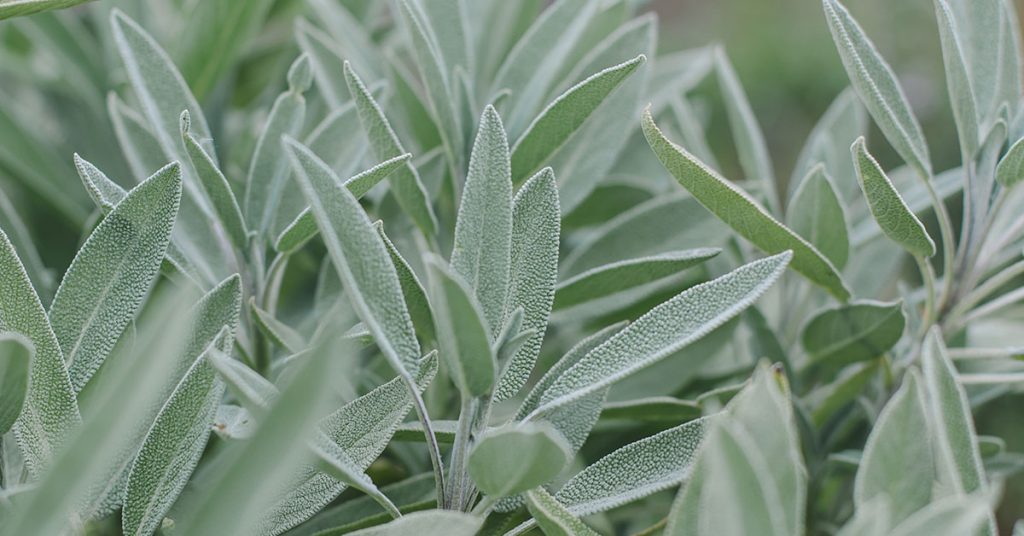
Sage is known for its cognitive benefits, including improving memory and concentration. It also has anti-inflammatory and antimicrobial properties, making it useful for treating sore throats and infections. Sage is often used in cooking for its distinct flavor and health benefits.
Growing sage is easy, as it thrives in well-drained soil and full sunlight. It is drought-tolerant and requires minimal maintenance. Plant sage from seeds or cuttings in a sunny spot and water regularly until established. Pruning the plant encourages new growth and maintains its shape. Sage’s robust nature makes it a staple in herb gardens.
St. John’s Wort
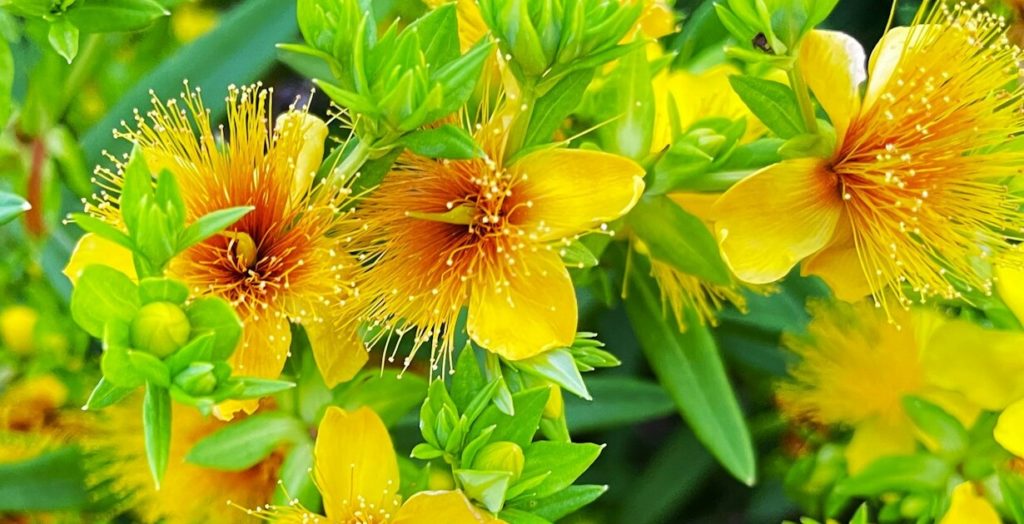
St. John’s Wort is commonly used to treat depression and anxiety. Its active compounds, such as hypericin, help balance mood and promote emotional well-being. St. John’s Wort also has anti-inflammatory and wound-healing properties, making it useful for treating minor cuts and burns.
St. John’s Wort thrives in well-drained soil and full sun to partial shade. It can be grown from seeds or transplants and requires regular watering until established. The plant is relatively low-maintenance and can spread quickly, so consider planting it in a controlled area. Harvest the flowers and leaves to make tinctures, teas, and other remedies.
Valerian
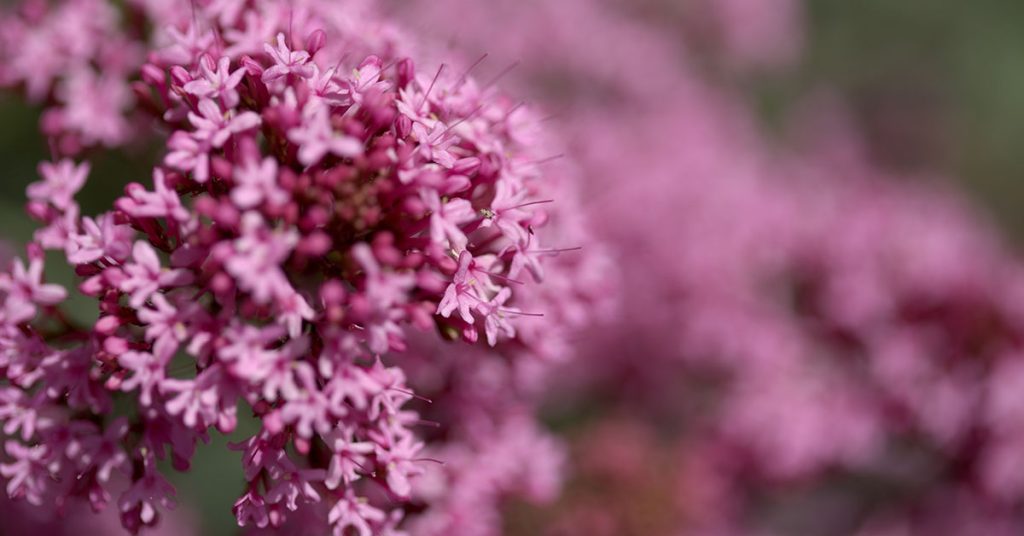
Valerian is well-known for its sleep-inducing properties. It is often used to treat insomnia and improve sleep quality. Valerian root has a calming effect on the nervous system, helping to reduce anxiety and promote relaxation. It is also used to relieve muscle spasms and pain.
To grow valerian, plant it in well-drained soil and a location with partial to full sunlight. Valerian prefers moist soil and regular watering. It can be grown from seeds or transplants and takes about two years to mature. The roots are harvested in the fall and can be dried for use in teas and tinctures.
Calendula

Calendula is celebrated for its skin-healing properties. It is used to treat wounds, rashes, and other skin conditions due to its anti-inflammatory and antimicrobial effects. Calendula also has antioxidant properties that support overall skin health. It is often used in salves, creams, and teas.
Growing calendula is simple, as it thrives in well-drained soil and full sunlight. Plant seeds directly in the garden in early spring or start them indoors and transplant them once the danger of frost has passed. Calendula requires regular watering but is relatively low-maintenance. Regular harvesting of the flowers encourages continuous blooming.
Fennel
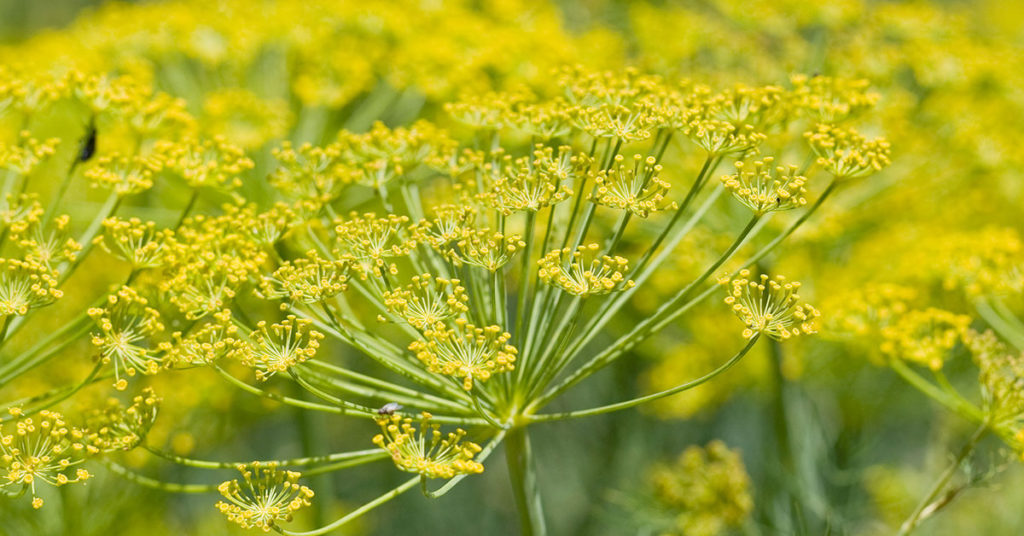
Fennel is known for its digestive health benefits. It helps relieve bloating, gas, and indigestion. Fennel seeds are often chewed after meals to aid digestion and freshen breath. The plant also has antioxidant properties that support overall health.
To grow fennel, plant seeds in well-drained soil and a sunny location. Fennel requires regular watering and thrives in warm climates. It can be grown in gardens or containers and is relatively low-maintenance. Harvest the seeds and leaves for use in cooking and herbal remedies.
Dandelion

Dandelion is a powerful detoxifier and supports liver health. It is used to improve digestion and relieve constipation. Dandelion’s roots and leaves are rich in vitamins and minerals, making it a nutritious addition to the diet. It also has diuretic properties, which help eliminate toxins from the body.
Growing dandelion is easy, as it thrives in various soil types and conditions. Plant seeds in a sunny or partially shaded location and water regularly. Dandelion can be invasive, so consider planting it in a controlled area. Harvest the leaves and roots for use in salads, teas, and tinctures.
Elderberry
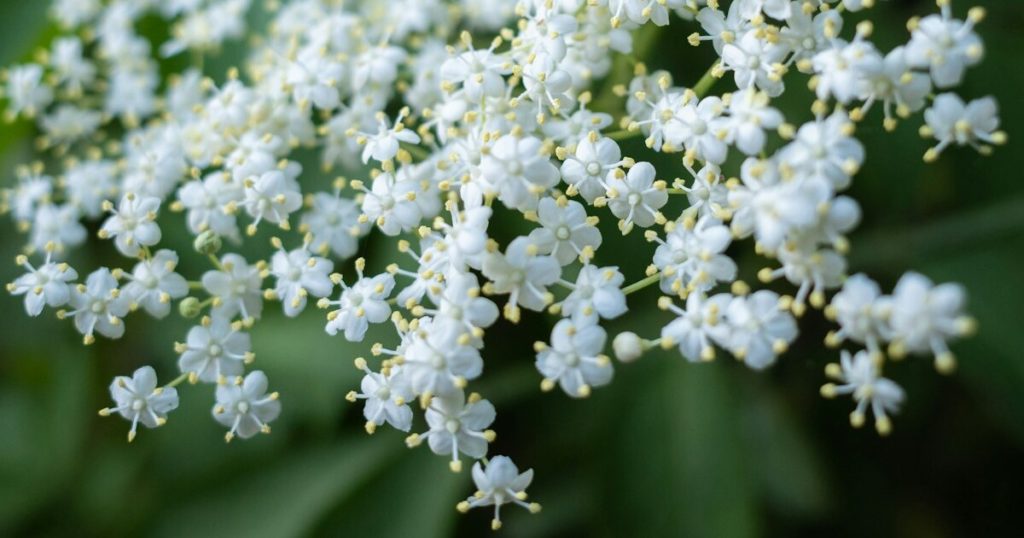
Elderberry is renowned for its immune-boosting properties. It is used to prevent and treat colds and flu due to its high vitamin C and antioxidant content. Elderberry also has anti-inflammatory and antiviral effects, making it a powerful natural remedy for respiratory infections.
To grow elderberry, plant it in well-drained soil and a location with full to partial sunlight. Elderberry requires regular watering and thrives in moist, fertile soil. It can be grown from seeds or cuttings and is relatively low-maintenance. Harvest the berries when they are fully ripe and use them in syrups, jams, and herbal remedies.
Lemon Balm
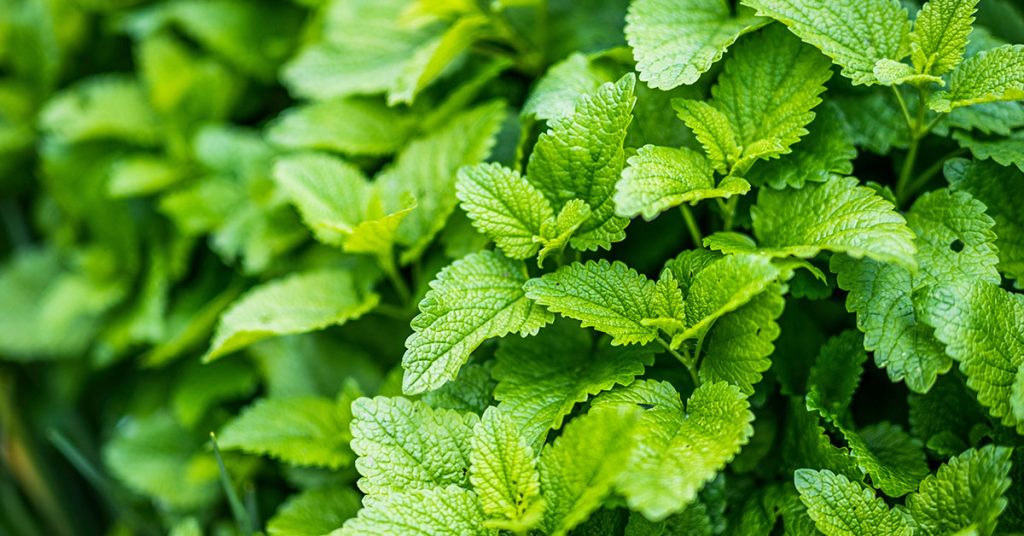
Lemon balm is known for its calming and stress-relieving properties. It is often used to reduce anxiety and promote relaxation. Lemon balm also supports digestive health and can help relieve indigestion and bloating. Its pleasant lemon scent and flavor make it a popular choice for teas and herbal remedies.
Growing lemon balm is straightforward, as it thrives in well-drained soil and partial to full sunlight. Plant seeds or transplants in a sunny spot and water regularly until established. Lemon balm can spread quickly, so consider planting it in a controlled area. Regular harvesting of the leaves encourages bushier growth and provides a steady supply of this soothing herb.
These medicinal plants offer a wide range of health benefits and are relatively easy to grow. By incorporating them into your garden, you can enjoy their therapeutic properties and enhance your overall well-being. Always consult with a healthcare professional before using any medicinal plants, especially if you have underlying health conditions or are taking medications.




